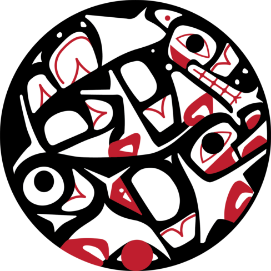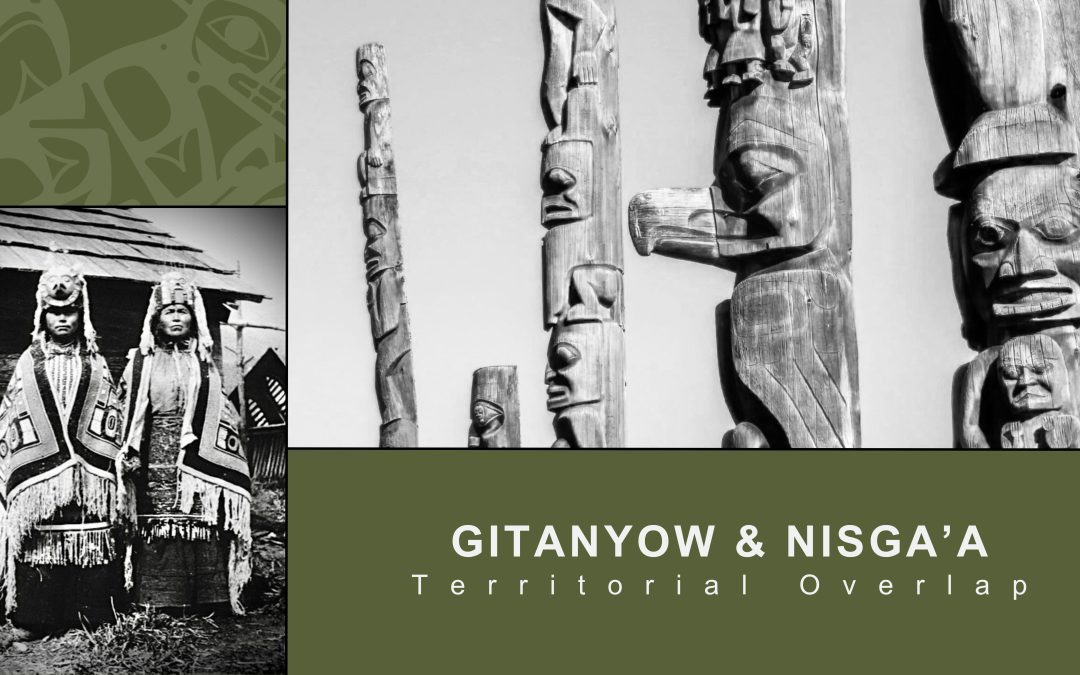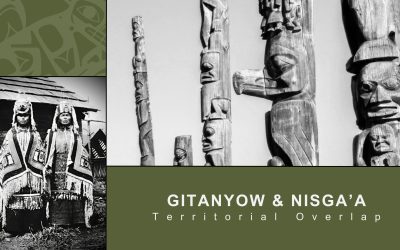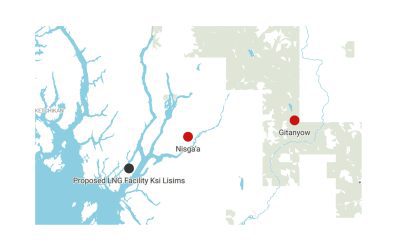
Scroll

Gitanyow Hereditary Chiefs
The Gitanyow Huwilp Society was established in 1993 with an aim to represent the Gitanyow Huwilp. Mandated by our people and the Gitanyow Hereditary Chiefs, our mission is to protect the Lax’yip for the Wilp membership through various negotiated or litigated resolutions with the provincial and federal governments.
Stay in Touch
Join us on social media or sign up for our newsletter to keep up to date on all the latest news.
Stay in Touch
Join us on social media or sign up for our newsletter to keep up to date on all the latest news.
Programs
Reconciliation Trail
Reconciliation Trail
The Gitanyow Reconciliation Trail Project is a vision for a year-round hiking, riding and sledding route that follows and restores the historical grease trail.
Fisheries
Fisheries
The Gitanyow Fisheries Authority is the technical arm of the Gitanyow Hereditary Chiefs, and provides fisheries, wildlife and overall environmental expertise and services.
Lax’yip Guardians
Lax’yip Guardians
The Gitanyow Lax’yip Stewardship Guardians are the ‘eyes and ears’ on the Lax’yip (Territory) and provide a critical role in environmental and cultural monitoring.
Gitanyow Employment & Training Institute
Gitanyow Employment & Training Institute
The Gitanyow Community Coordinator provides employment and training services for Gitanyow Wilp members, as well as Gitanyow community members.
Economic Development
Coming Soon
Gitanyow Dax’gyet
Coming Soon
Featured News & Events
Gitanyow & Nisga’a: Territorial Overlap
Gitanyow and Nisga’a had a long-standing peaceful relationship as neighbours for thousands of years prior to European contact. Post-contact, their relationship is damaged due to territorial disputes. What happened? Many people remain unaware of the origins and...
B.C. Greens Target Misleading Fossil Fuel Ads Amidst Climate Crisis
VICTORIA, B.C. - Following in the footsteps of the federal NDP, Canadian Association of Physicians for the Environment (CAPE), Gitanyow Hereditary Chiefs and other experts, the B.C. Green Caucus has introduced legislation to protect the public from misleading and...
Report Finds Climate Gaps In Proposed B.C. LNG Project
A First Nation in northern British Columbia has released a report that pokes holes in climate claims about a proposed LNG project and adjacent pipeline led by the Nisga’a and their industry partners. The report was commissioned by the hereditary chiefs of Gitanyow, a...


Gitanyow & Nisga’a: Territorial Overlap
Gitanyow and Nisga’a had a long-standing peaceful relationship as neighbours for thousands of years prior to European contact. Post-contact, their relationship is damaged due to territorial disputes. What happened? Many people remain unaware of the origins and...
B.C. Greens Target Misleading Fossil Fuel Ads Amidst Climate Crisis
VICTORIA, B.C. - Following in the footsteps of the federal NDP, Canadian Association of Physicians for the Environment (CAPE), Gitanyow Hereditary Chiefs and other experts, the B.C. Green Caucus has introduced legislation to protect the public from misleading and...
Report Finds Climate Gaps In Proposed B.C. LNG Project
A First Nation in northern British Columbia has released a report that pokes holes in climate claims about a proposed LNG project and adjacent pipeline led by the Nisga’a and their industry partners. The report was commissioned by the hereditary chiefs of Gitanyow, a...


